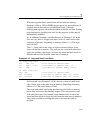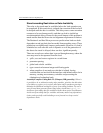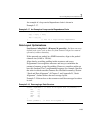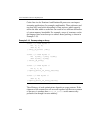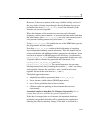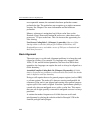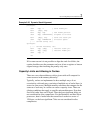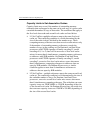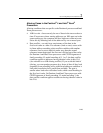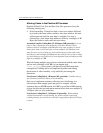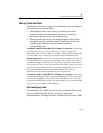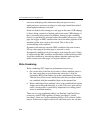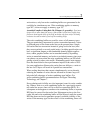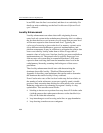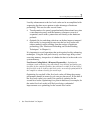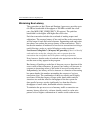
General Optimization Guidelines 2
2-45
Aliasing Cases in the Pentium
®
4 and Intel
®
Xeon
®
Processors
Aliasing conditions that are specific to the Pentium 4 processor and Intel
Xeon processor are:
• 16K for code – there can only be one of these in the trace cache at a
time. If two traces whose starting addresses are 16K apart are in the
same working set, the symptom will be a high trace cache miss rate.
Solve this by offsetting one of the addresses by one or more bytes.
• Data conflict – can only have one instance of the data in the
first-level cache at a time. If a reference (load or store) occurs with
its linear address matching a data conflict condition with another
reference (load or store) which is under way, then the second
reference cannot begin until the first one is kicked out of the cache.
On Pentium 4 and Intel Xeon processors with CPUID signature of
family encoding 15, model encoding of 0, 1 or 2, the data conflict
condition applies to addresses having identical value in bits 15:6
(also referred to as 64K aliasing conflict). If you avoid this kind of
aliasing, you can speedup programs by a factor of three if they load
frequently from preceding stores with aliased addresses and there is
little other instruction-level parallelism available. The gain is
smaller when loads alias with other loads, which cause thrashing in
the first-level cache. On Pentium 4 and Intel Xeon processors with
CPUID signature of family encoding 15, model encoding 3, the
data conflict condition applies to addresses having identical value in
bits 21:6.



